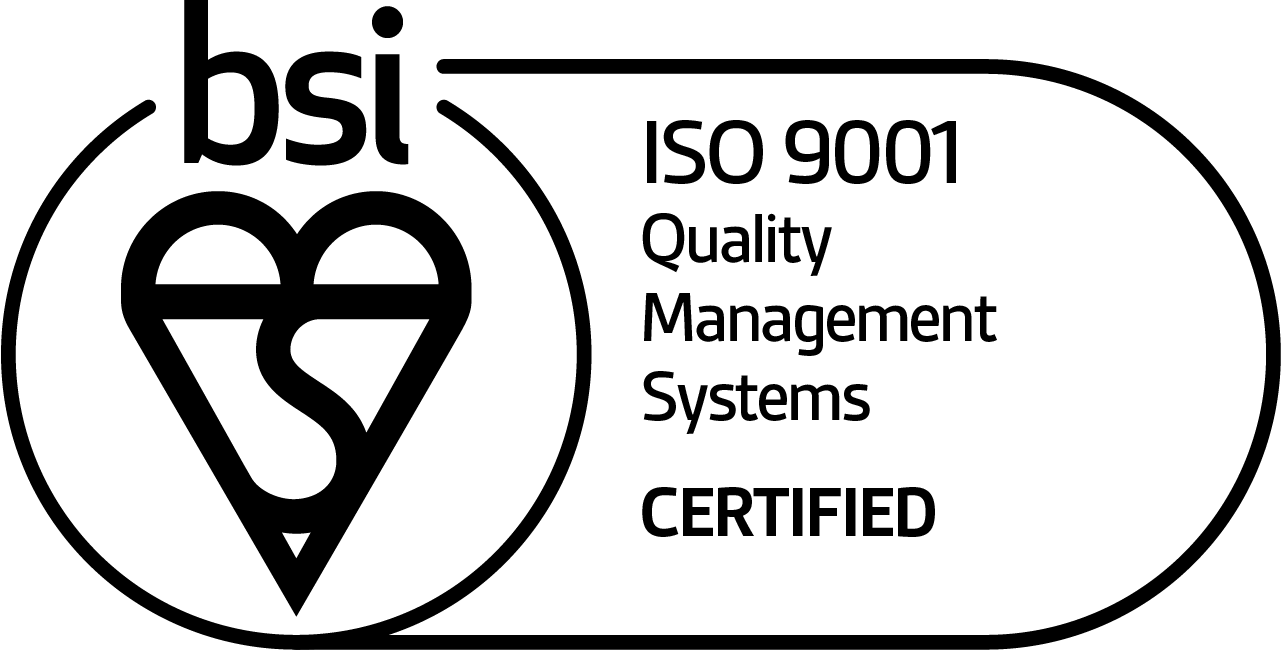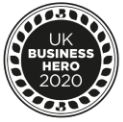
/Technology
Technologies can fall into many different categories, the trick is to ensure you keep ahead, or at least up with it. With well over a 100 years of combined experience Jalteks’ R&D teams have everything covered, for you.
PCB Technologies
- Single-Sided
- Double-Sided
- Doubler-Sided Plated Thru hole
- Multi-layer (up-to 28 layers)
- Micro-Via Multi-layer (up-to 16 layers)
- Flexible
- Aluminium Backed
- Flex-Rigid
- Combinations of the above
Component Technologies
- Chip-on-Board (COB)
- Surface Mount (SMT)
- Plated Thru Hole (PTH)
- Buried Resistors & Capacitors
Via Technologies
- Plated Thru hole (Conventional)
- Blind Via
- Buried Via
- Micro-Via (uVia)
- Stacked Micro-Via
- Staggered Micro-Via
Material Technologies
PCB Materials classification according to reinforced materials (most common):
- Paper board – FR-1, FR-2 (Phenolic Cotton Paper), FR-3 (cotton paper and epoxy)
- Epoxy Glass Cloth – FR-4 (Woven Glass and Epoxy), FR-5 (Woven Glass and Epoxy)
- Composite board – CEM-1 (Cotton Paper and Epoxy), CEM-3 (Non-woven Glass and Epoxy)
- HDI board (RCC – Resin Coated Copper)
- Special board (metal board, ceramic board, etc
PCB Materials classification according to types of resin:
- Epoxy resin
- Polyester resin
- PI resin (polyimide)
PCB Base Material classification according to flame retardant properties:
- Flame retardant (UL94-VO, UL94-V1)
- Non-flame retardant (UL94-HB level)
Material for the base of a Printed Circuit Board is selected based on PCB design and application. Not every PCB Material is suitable for all applications.
Circuit technologies
- Analogue
- Digital
- High Speed (HS)
- High Current (HI)
- High Voltage (HV)
- High Power (HP)
- Radio Frequency (R.F.)
- Intrinsically Safe
- Impedance Controlled
Whatever your challenges are, Jalteks’ R&D team are equipped to solve them with you.





